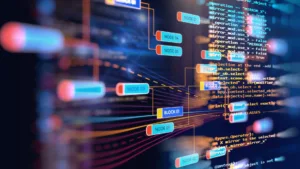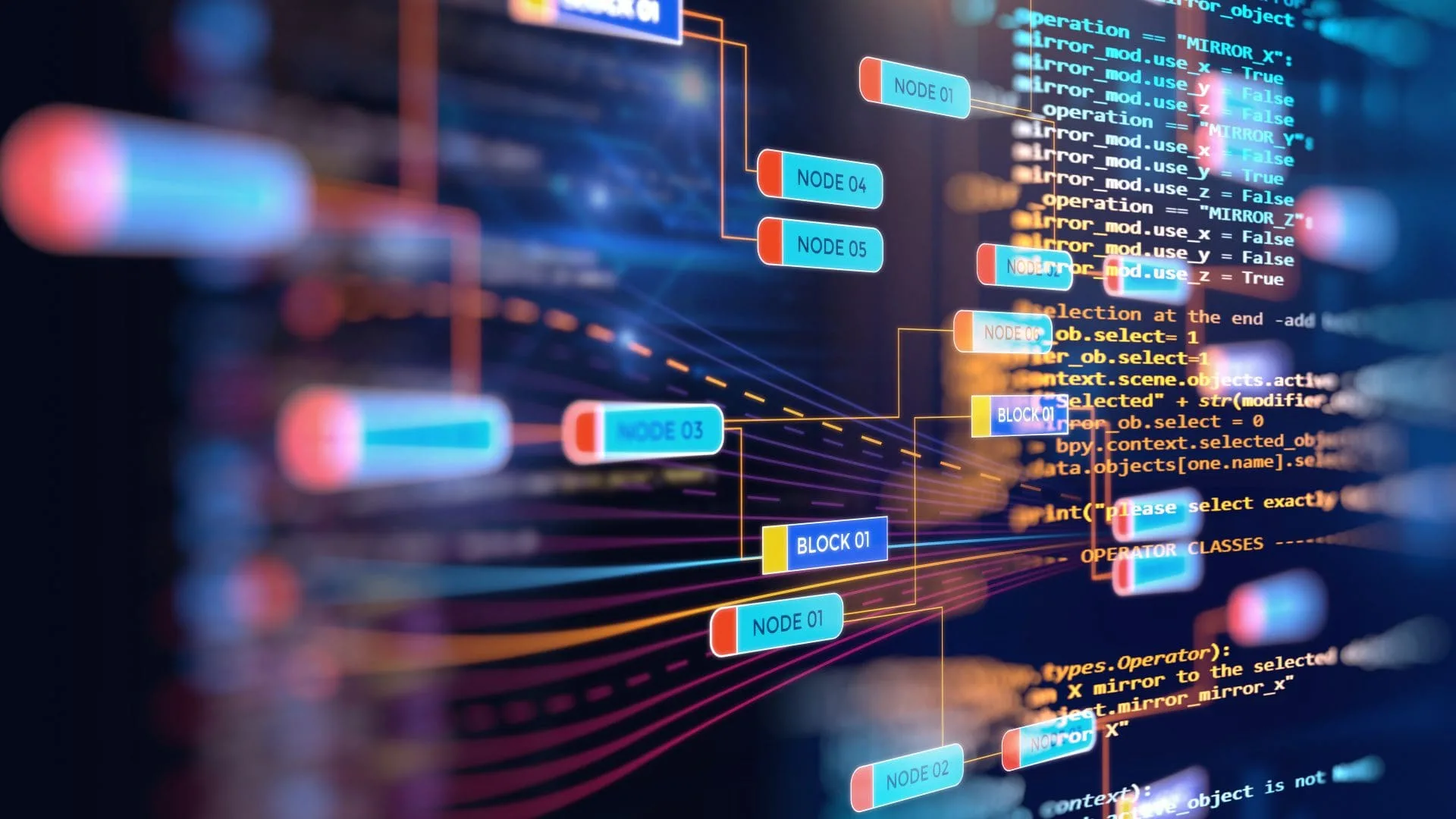AI, machine learning and the evolution of computer science
In recent years the evolution of computer science has been significantly shaped and impacted by the progresses in artificial intelligence (AI) and machine learning (ML), two of the most brilliant and disruptive innovations driving the digital transformation. The implementation of these technologies on the most advanced devices and softwares, indeed, not only has transformed computer science into a multidisciplinary sector, involving both high tech and engineering technical skills with relevant humanities subjects (e.g. bioinformatics), but above all has expanded and improved the capabilities of computers.
To best understand this evolution within the computer sciences, let’s first take a quick look at the two definitions regarding these technologies:
- Artificial Intelligence (AI) refers to the simulation of human intelligence and skills operated by machines, allowing them to perform tasks that typically require human intelligence, such as reasoning, problem-solving, learning from experience and understanding natural language;
- Machine Learning (ML), instead, is one of the most important subsets of AI that aims to develop algorithms and models enabling computers to learn from experience and make predictions or decisions based on data, without any need of being programmed, thus focusing on the creation of systems able to improve their performance over time through practice and interaction.
It appears clear how the research in AI and ML brought to a revolutionary way to conceive and approach computer science, especially for what concerns the algorithms development. In fact, if before the focus was primarily set on the design of pretty simple algorithms and systems to perform specific tasks after human inputs, nowadays the concept is creating computers, considered as a whole of their hardware bodies and software souls, able to perform complex tasks, to reason, to learn and adapt autonomously just like humans do.
Thus, the evolution of computers due to artificial intelligence and machine learning more likely represents a drastic shift from deterministic models to data-driven ones, so from strict rule-based programming to flexible learning from experience and definitely from narrow problem-solving based on cause-effect relationship to the ability of tackling complex and multidisciplinary matters. So it’s not surprising that the global machine learning market size was valued $19 billion in 2022, with a growth expectation up to $26 billion in 2023 and even up to $226 billion by 2030 considering a compound annual growth rate (CAGR) around 36% (source: Fortune Business Insights).
How artificial intelligence and machine learning work together?
Artificial intelligence and machine learning are closely intertwined, as the latter is a subset of first one and represents its most fascinating side. In fact, the development of ML involves the programming of smart systems that use mathematical data models enabling computers to learn without direct instruction and keep improving on its own, mainly based on experience.
AI and ML work and interact together through a strong technical connection where data play a key role. In fact, all advanced AI systems are built and based on ML models which are programmed by studying patterns of data and several techniques to benefit from them in terms of new knowledge and skills to learn. In this landscape, data scientists are the most influential professionals: their role consists of optimizing and refining ML processes for a computer to autonomously and correctly learn from data, reinforce knowledge by experience and collect more information after practice adjusting its competences.
Worldwide organizations looking for taking advantage on digital transformation are quickly discovering the new possibilities related to the combined use of artificial intelligence devices and tools with the implementation of machine learning models, making it possible for machines to autonomously deal with:
- Problem solving and automation;
- Natural language understanding and processing, both by text and speech;
- Data-driven reasoning and predictive analysis;
- Algorithms and model development;
- Recommendation engines;
- Sentiment analysis;
- Hardware and software innovation and adaptation;
- User interface and experience innovation;
- Content processing (text, image, video);
- Continuous learning by experience;
- Ethical considerations regarding bias, privacy, transparency and accountability.
If you want to delve into artificial intelligence, you might be interested in reading:
- The role of AI in digital transformation;
- The role of AI in cyber security;
- The role of AI and Metaverse in work life.
How will AI and machine learning positively impact our daily lives?
The future still holds many possibilities for what concerns artificial intelligence and machine learning, as they continue to evolve together bringing revolution into computer science. These technologies, indeed, seem to have all that it takes to actualize a very positive impact on our daily lives and bring new brilliant opportunities for efficiency, convenience and innovation even in the simplest aspects. In fact, one of the most fascinating factor to consider is that both AI and ML work smoothly and adapt effectively to multiple areas of expertise, generating a certain sense of excitement for the potential future outcomes. Let’s delve into a few great examples:
- Health organizations could revolutionize diagnostics and treatment processes, providing medical professionals with tools and systems implementing advanced algorithms for more accurate diagnoses and interventions and therapies prescriptions; also, these technologies leverage data-driven reasoning to improve patients management issuing medical care plans tailored on individual needs;
- Retailers, especially for what regards e-commerce, can optimize their inventories, design effective recommendation engines and improve customer experience and care implementing the use of chatbots and cognitive search to provide more accurate and complete answers to customer questions, measure customer intent and guarantee virtual assistance;
- Banks and financial institutes can detect fraud, predict risks, improve digital onboarding and provide more accurate and proactive financial advice to clients thanks to AI-powered data processing and predictive analysis;
- Marketers can create and actualize customized offers, optimized web marketing campaigns, foresee sales and check sentiment analysis;
- Cyber security specialists can leverage AI and machine learning tools as powerful weapons for tackling cyber threats by detecting anomalies more easily and improve the follow-up procedures to ensure security through an organization’s processes, data and platforms;
- Transportation services can improve the efficiency of their routes and leverage predictive analytics for traffic forecasting, for best planning travel roadmaps or give travelers tips to an improved mobility experience; on the other hand, AI and ML in transport and automotive fields actually bring impressing innovation also for what concerns hardwares, aiming to the creation of the iconic and futuristic self-driving cars able to best perform in the landscape of smart cities and providing a great solution for those who, unfortunately, wouldn’t be able to drive a car otherwise.
These were only a few examples, but the positive impact of AI and ML on our future daily lives extends and applies to much more areas, for example also entertainment, sustainability and accessibility. Meanwhile these disruptive technologies continue to progress and amaze with their extreme potential, we can just have a seat to think about the astonishing possibilities of digitalization and what computers will do tomorrow completely on their own due to artificial intelligence and machine learning.








